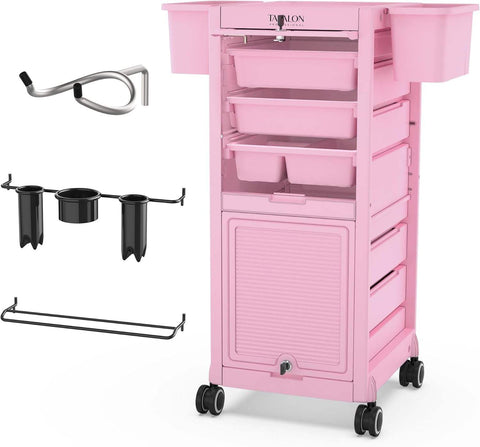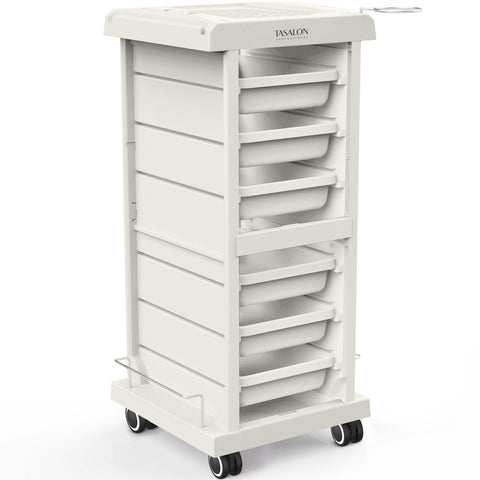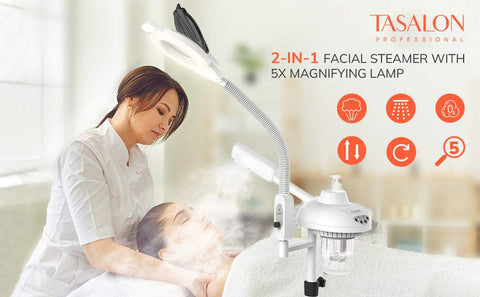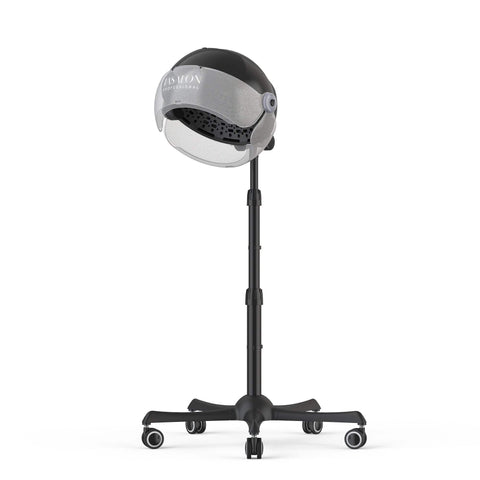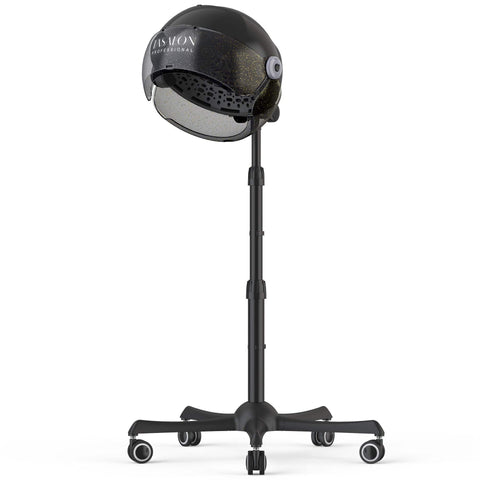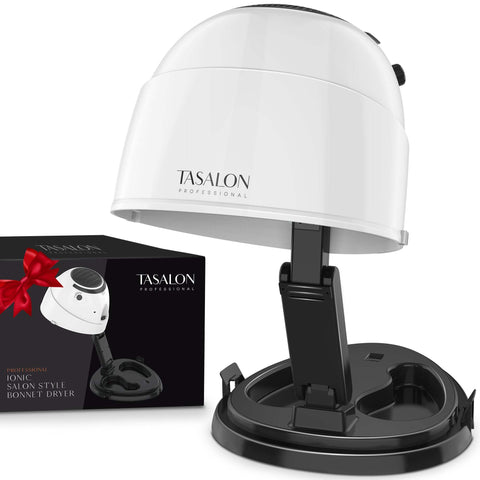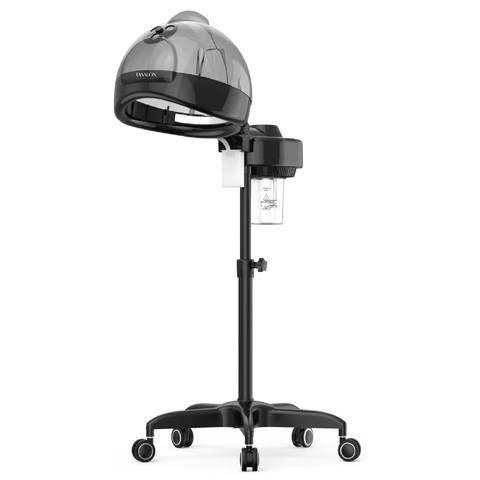Over the years, the beauty industry has experienced significant growth, and beauty salons are no exception. From haircuts to skincare, beauty salons offer customers a wide range of services and products. Despite the economic challenges, the industry has remained resilient and its revenues continue to grow steadily. With the increasing demand for personal grooming and self-care, beauty salons have become a major destination for many consumers.
This article explores the revenue insights and figures of beauty salons, highlighting the market size, revenue streams, pricing strategy, overhead costs, profitability analysis, and sales tactics. We will also examine the challenges and opportunities that the beauty industry presents.
The Beauty Salon Market Size and Trends
The beauty salon industry is a significant contributor to the global economy. The global beauty and personal care market size was valued at $444.6 billion in 2019 and is projected to reach $784.6 billion by 2027, registering a CAGR of 8.4% from 2020 to 2027. In the United States alone, the beauty salon industry generates over $46 billion in annual revenue and employs over 1 million people. The industry has shown resilience to economic downturns, with a growth rate of 2.1% in 2020, despite the COVID-19 pandemic.
The industry's growth can be attributed to several factors, including the increasing demand for personal grooming, the rise of social media, and the growth of the middle class. Social media platforms like Instagram, Facebook, and YouTube have played a significant role in promoting beauty trends, products, and services. The middle class's growth has increased the number of people who can afford beauty services, and this has contributed to the industry's expansion.
Revenue Streams: Services, Products, and Other Income
Beauty salons generate revenue from various sources, including services, products, and other income. Services are the primary source of revenue for most beauty salons, with haircuts, nail services, and skincare being the most popular. The average price for a haircut in the United States is $40, while a basic manicure costs about $20. Skincare services like facials can cost anywhere from $50 to $150.
In addition to services, beauty salons also generate revenue from product sales. These include hair care products, skincare products, and makeup. Salons earn a commission on products sold, which can range from 10% to 50% of the retail price. Other income sources for beauty salons include rental income from leasing space to independent contractors, advertising revenue, and event hosting.
Pricing Strategy: Finding the Sweet Spot
Pricing is a crucial factor in determining a beauty salon's revenue. Salons must strike a balance between charging enough to cover their costs while remaining competitive in the market. The pricing strategy should consider the cost of overhead, such as rent, utilities, and staff salaries, as well as competitor pricing.
Beauty salons can use a variety of pricing strategies, including premium pricing, penetration pricing, and skimming pricing. Premium pricing involves charging a higher price for premium services, while penetration pricing involves charging lower prices to attract customers. Skimming pricing involves charging a high price initially and lowering it over time.
Overhead Costs: Staff, Rent, Utilities, Marketing
Overhead costs can significantly impact a beauty salon's profitability. The most significant overhead costs are staffing, rent, utilities, and marketing. Staffing costs include salaries, insurance, and benefits. Rent costs vary depending on location, with prime locations costing more. Utilities include water, electricity, and internet, while marketing costs include advertising, social media, and promotions.
Beauty salons can minimize overhead costs by negotiating rent, reducing staffing costs, and implementing energy-efficient practices. They can also use cost-effective marketing strategies like social media and email marketing.
Profitability Analysis: Gross Margin, Break-Even Point
A profitability analysis is essential to determine a beauty salon's financial health. Gross margin is the percentage of revenue that remains after deducting the cost of goods sold. The break-even point is the point where a salon's revenue covers its fixed and variable costs.
Salons can increase their gross margin by increasing prices, reducing costs, or increasing the volume of services. Increasing prices should be done with caution, as it can lead to a loss of customers. Reducing costs can be achieved by negotiating better prices with suppliers, optimizing staffing levels, and using energy-efficient practices.
Marketing and Sales Tactics to Boost Revenue
Marketing and sales tactics can help beauty salons boost revenue. Social media platforms like Instagram, Facebook, and YouTube can be used to showcase services, products, and promotions. Email marketing can be used to reach out to existing customers and promote new services and products.
Salons can also offer loyalty programs, referral programs, and package deals to attract and retain customers. These programs incentivize customers to spend more money and increase the salon's revenue.
Future Outlook: Opportunities and Challenges in the Beauty Industry
The beauty industry presents several opportunities and challenges. The increasing demand for personalized services and products, the growth of the middle class, and the rise of social media are opportunities for beauty salons. However, the increasing competition, economic downturns, and changing consumer behavior are challenges.
Beauty salons can adapt to these challenges by offering unique services, leveraging technology, and optimizing their operations. They can also differentiate themselves by offering eco-friendly products and services or targeting specific niches, such as men's grooming.
===
The beauty salon industry is a dynamic and lucrative industry with significant growth prospects. However, salons must carefully manage their revenue streams, pricing strategies, overhead costs, and marketing efforts to remain profitable in a highly competitive market. The future outlook for the industry is bright, and salons can leverage technology, optimize operations, and offer unique services to capitalize on the opportunities presented.









